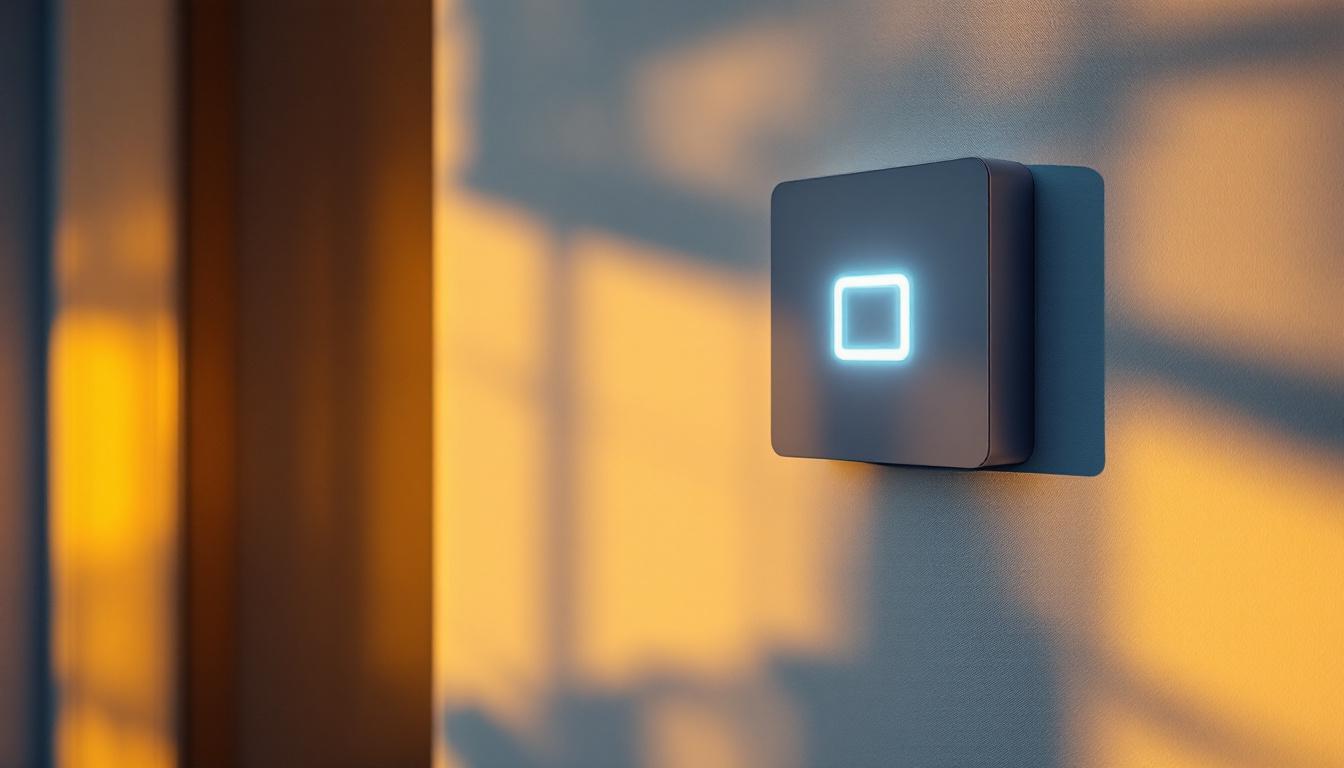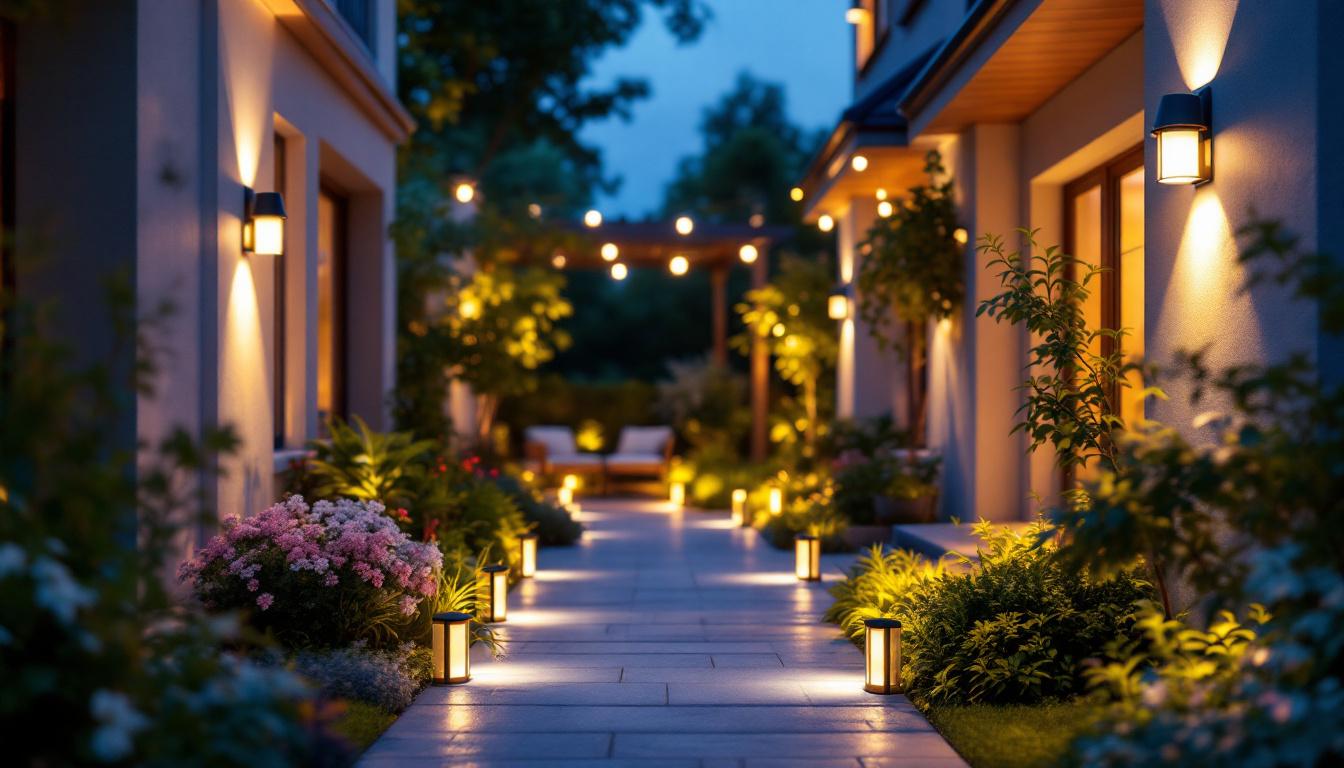
Outdoor lighting isn’t just about illumination; it’s about creating atmosphere, enhancing security, and defining space. For lighting contractors, the choice of outdoor lighting solutions can make or break a project’s success. The right lighting elevates aesthetics, improves functionality, and meets client expectations, while the wrong choice can lead to wasted resources and dissatisfied customers.
Before diving into comparisons with alternatives, it’s essential to grasp what outdoor lighting entails. It covers a wide range of applications—from pathway lights and landscape accents to security floodlights and architectural highlights. Each application demands different technical specifications, energy considerations, and design approaches.
Moreover, the integration of smart technology into outdoor lighting systems has revolutionized how we think about illumination. Smart outdoor lighting allows homeowners to control their lights remotely, set schedules, and even adjust brightness levels according to the time of day or activity. This not only enhances convenience but also contributes to energy efficiency, as lights can be programmed to turn off when not needed. Additionally, the use of motion sensors in security lighting adds an extra layer of protection, ensuring that areas are only illuminated when movement is detected, thus saving energy and providing peace of mind.
Furthermore, the aesthetic aspect of outdoor lighting cannot be overstated. Well-designed lighting can transform a mundane backyard into a magical retreat, highlighting features such as trees, water elements, and architectural details of the home. For instance, uplighting can create dramatic shadows and textures on walls, while downlighting can mimic the natural glow of moonlight, providing a warm and inviting ambiance. The interplay of light and shadow adds depth to outdoor spaces, encouraging their use even after sunset, and enhancing the overall experience of the environment.
Incandescent and halogen bulbs have been staples in outdoor lighting for decades. Their warm light quality and simple installation appeal to some clients. However, these options consume significantly more energy compared to modern alternatives and have shorter lifespans, often requiring frequent replacements.
For contractors, the maintenance costs and energy inefficiency associated with traditional lighting can be a drawback. While upfront costs may be lower, the total cost of ownership tends to be higher over time. Additionally, the heat generated by incandescent bulbs can pose safety concerns, especially in areas with flammable materials. Despite these drawbacks, some homeowners still prefer the nostalgic glow of incandescent lighting, often using it to create a cozy atmosphere in outdoor spaces like patios and gardens. The aesthetic appeal of these lights can be a strong selling point, particularly in residential settings where ambiance is key.
LEDs have revolutionized outdoor lighting. They offer superior energy efficiency, lasting up to 25 times longer than incandescent bulbs. Their durability and resistance to shock and vibration make them ideal for outdoor environments. Plus, LEDs come in a variety of color temperatures and beam angles, allowing for precise lighting design.
From a contractor’s perspective, LEDs reduce callbacks due to bulb failures and lower energy consumption for clients, which can be a strong selling point. The initial investment is higher than traditional bulbs but is offset by long-term savings and enhanced performance. Moreover, advancements in LED technology have led to the development of smart LEDs that can be controlled via smartphone apps, enabling users to adjust brightness and color settings on demand. This flexibility not only enhances the user experience but also allows for creative lighting designs that can transform outdoor spaces into vibrant, dynamic environments.
Solar lighting has gained traction as a sustainable alternative. It harnesses sunlight to power LEDs, eliminating the need for wiring and reducing electricity costs. This makes installation simpler and more flexible, especially in remote or difficult-to-wire areas.
However, solar lighting depends heavily on geographic location and weather conditions. In areas with limited sunlight or frequent overcast days, performance can be inconsistent. Lighting contractors must evaluate site conditions carefully before recommending solar solutions. Additionally, the technology behind solar lights has improved significantly, with many models now equipped with motion sensors and adjustable brightness settings, which can help conserve energy and extend battery life. This makes solar lighting not just an eco-friendly choice but also a practical one for enhancing security in outdoor areas, as lights can automatically activate when motion is detected, providing illumination when it’s most needed.
Smart lighting integrates with home automation systems, offering remote control, scheduling, and adaptive lighting based on occupancy or ambient light. These systems often utilize LED technology and can be programmed to enhance security and energy efficiency.
While smart systems add complexity to installation and may require ongoing technical support, they appeal to tech-savvy clients looking for convenience and customization. Contractors should assess their comfort level with integrating these systems and consider the benefits to clients. Furthermore, smart outdoor lighting can be synchronized with other smart home devices, such as security cameras and alarms, creating a comprehensive security solution. This interconnectedness not only enhances the functionality of the lighting system but also provides users with peace of mind, knowing they can monitor and control their outdoor environment from anywhere. As the demand for smart home technology continues to grow, offering these advanced lighting solutions can set contractors apart in a competitive market.
Energy consumption is a critical factor for clients concerned with sustainability and utility costs. Traditional incandescent and halogen lights lag far behind LEDs and solar-powered options in efficiency. LEDs typically use 75-80% less energy than incandescent bulbs, translating to significant savings over time.
Solar lighting eliminates electricity use altogether but may require battery replacements every few years, which can affect environmental impact. Smart lighting can optimize energy use by adjusting brightness and operating times, further reducing waste.
Installation complexity varies widely. Traditional wired lighting requires trenching and conduit installation, which can be labor-intensive and costly. Solar lights, by contrast, often require no wiring, making them quicker and cheaper to install.
Maintenance is another key consideration. LEDs and smart lighting systems generally require less maintenance than traditional bulbs due to longer lifespans and remote diagnostics. Solar lights need periodic cleaning of panels and battery checks. Contractors must weigh these factors when advising clients on the best solution for their needs and budgets.
Outdoor lighting must withstand rain, wind, temperature fluctuations, and sometimes vandalism. LEDs are typically housed in rugged, weather-resistant fixtures designed for outdoor use. Traditional bulbs are more fragile and less suited to harsh environments.
Solar lights can be vulnerable if the solar panels or batteries are not properly protected. Smart lighting components, including sensors and controllers, require additional weatherproofing and secure installation to ensure reliability.
For the majority of outdoor lighting applications, LEDs represent the best balance of performance, efficiency, and longevity. Their versatility allows contractors to meet diverse client needs, from subtle landscape lighting to powerful security floodlights.
Investing in quality LED fixtures and understanding their specifications will enable contractors to design effective lighting schemes that satisfy both aesthetic and functional requirements. The reduced maintenance burden also frees up time and resources for other projects.
Solar lighting is an excellent choice for areas where wiring is impractical or cost-prohibitive, such as remote gardens, pathways, or temporary installations. It also appeals to clients prioritizing green energy solutions.
Contractors should perform thorough site assessments to ensure sufficient sunlight exposure and discuss battery maintenance expectations with clients. Combining solar lighting with LED technology maximizes efficiency and brightness.
Smart outdoor lighting systems can differentiate a contractor’s offerings in a competitive market. These systems provide added value through customization, security enhancements, and energy management.
Contractors should familiarize themselves with popular smart platforms and ensure they can support installation and troubleshooting. Offering smart lighting can open doors to new client segments and higher-margin projects.
Given the drawbacks in energy use, lifespan, and maintenance, traditional incandescent and halogen lighting should generally be avoided. They may still have niche applications where specific light quality or cost constraints apply, but these are rare.
Contractors who recommend modern alternatives demonstrate expertise and commitment to quality, which builds client trust and long-term business relationships.
Outdoor lighting is subject to regulations concerning light pollution, energy efficiency, and safety. Contractors must stay informed about local codes and industry standards to ensure installations are compliant and avoid costly rework.
Using fixtures with dark-sky compliance or adjustable brightness can help meet environmental requirements and satisfy community concerns about light trespass.
Clients may not understand the technical differences between lighting options. Contractors who clearly explain benefits, costs, and maintenance expectations empower clients to make informed decisions.
Providing visual examples, energy savings estimates, and maintenance plans enhances client confidence and satisfaction.
Technology evolves rapidly. Contractors should consider selecting lighting systems that allow for upgrades or integration with emerging technologies. Modular fixtures, standardized control protocols, and scalable smart systems offer flexibility for future enhancements.
This approach protects clients’ investments and positions contractors as forward-thinking professionals.
Outdoor lighting contractors face a range of options, each with unique advantages and challenges. LEDs stand out as the most practical and efficient choice for most projects, delivering long-term value and reliability. Solar lighting offers an eco-friendly alternative in specific scenarios, while smart systems cater to clients seeking advanced control and customization.
Traditional lighting, though still present in some markets, is generally outdated and less cost-effective. Contractors who prioritize modern solutions, stay informed about regulations, and communicate clearly with clients will build stronger reputations and achieve better project outcomes.
Ultimately, the best outdoor lighting choice depends on site conditions, client goals, and budget. By combining technical knowledge with thoughtful consultation, lighting contractors can illuminate outdoor spaces beautifully and sustainably.
Ready to elevate your outdoor lighting projects with the most efficient and cost-effective solutions? Look no further than LumenWholesale, where we specialize in providing contractors with the highest quality, spec-grade lighting products at unbeatable wholesale prices. Say goodbye to local distributor markups and hello to a vast selection of reliable, high-performance lighting that meets the highest industry standards. With free shipping on bulk orders, you can trust that you’re getting premium lighting at the best value — all with the convenience and affordability that your projects deserve. Take the next step in outdoor lighting excellence and explore our wholesale lighting options today.

Explore the science of studio lighting with insights tailored for lighting contractors.

Discover the ultimate fall ceiling light guide for lighting contractors, with expert tips, industry stats, and design insights to elevate your projects—download now!.

Discover how push button light technology is revolutionizing lighting projects with its seamless integration and adaptability.

Discover the crucial role of white outdoor lighting in enhancing aesthetics and safety.